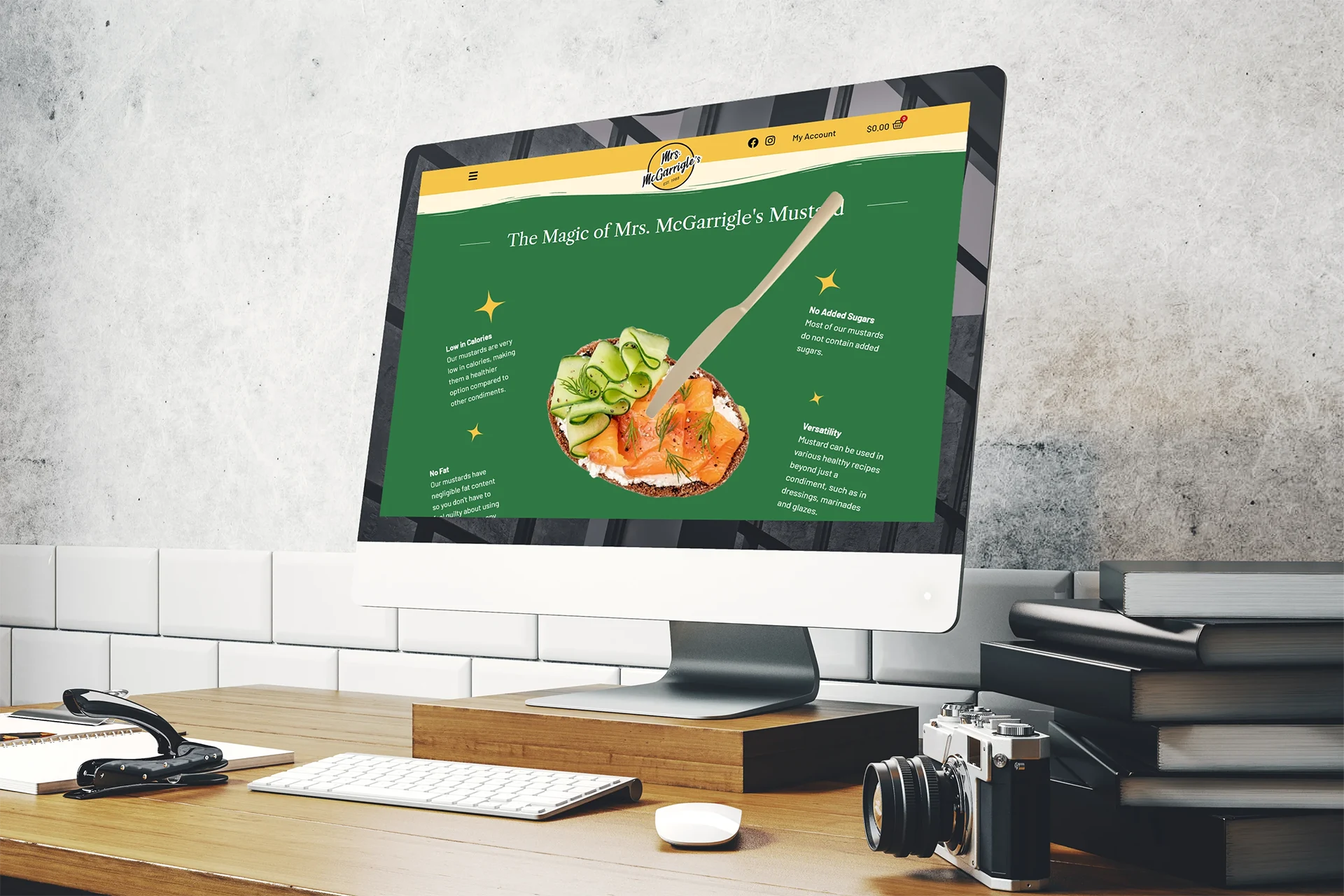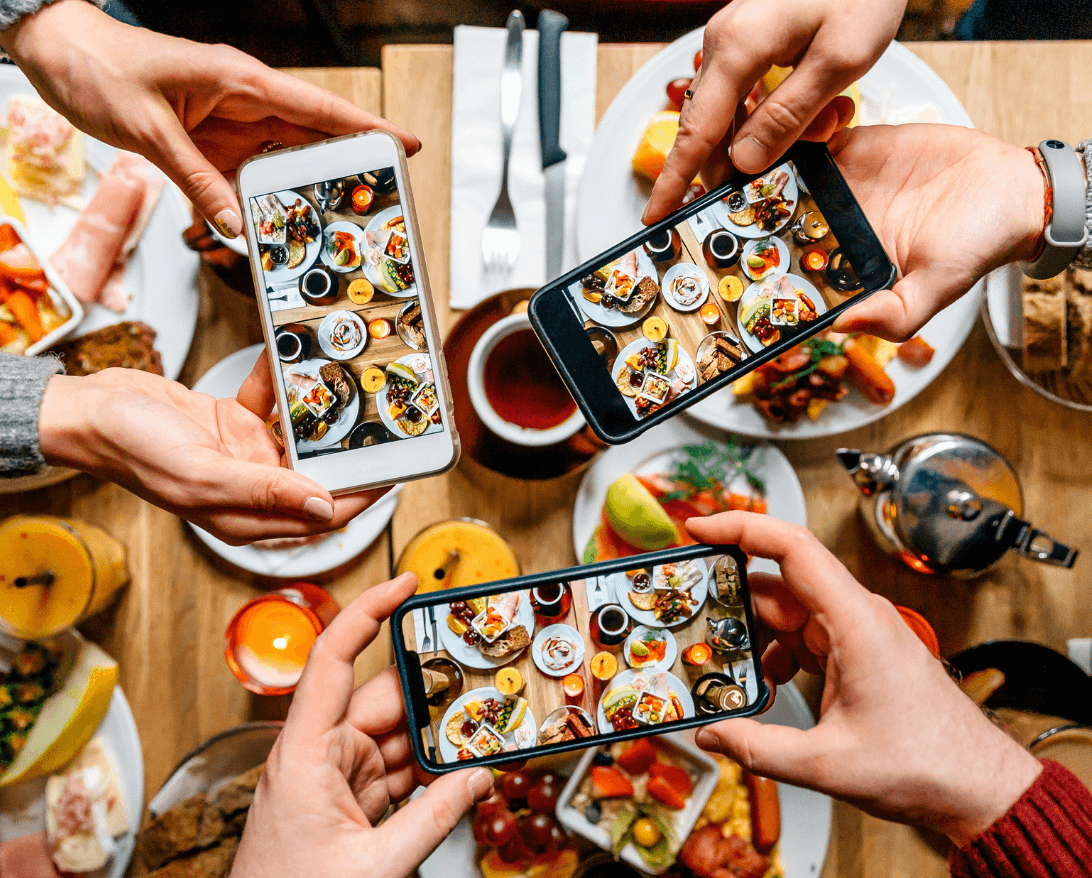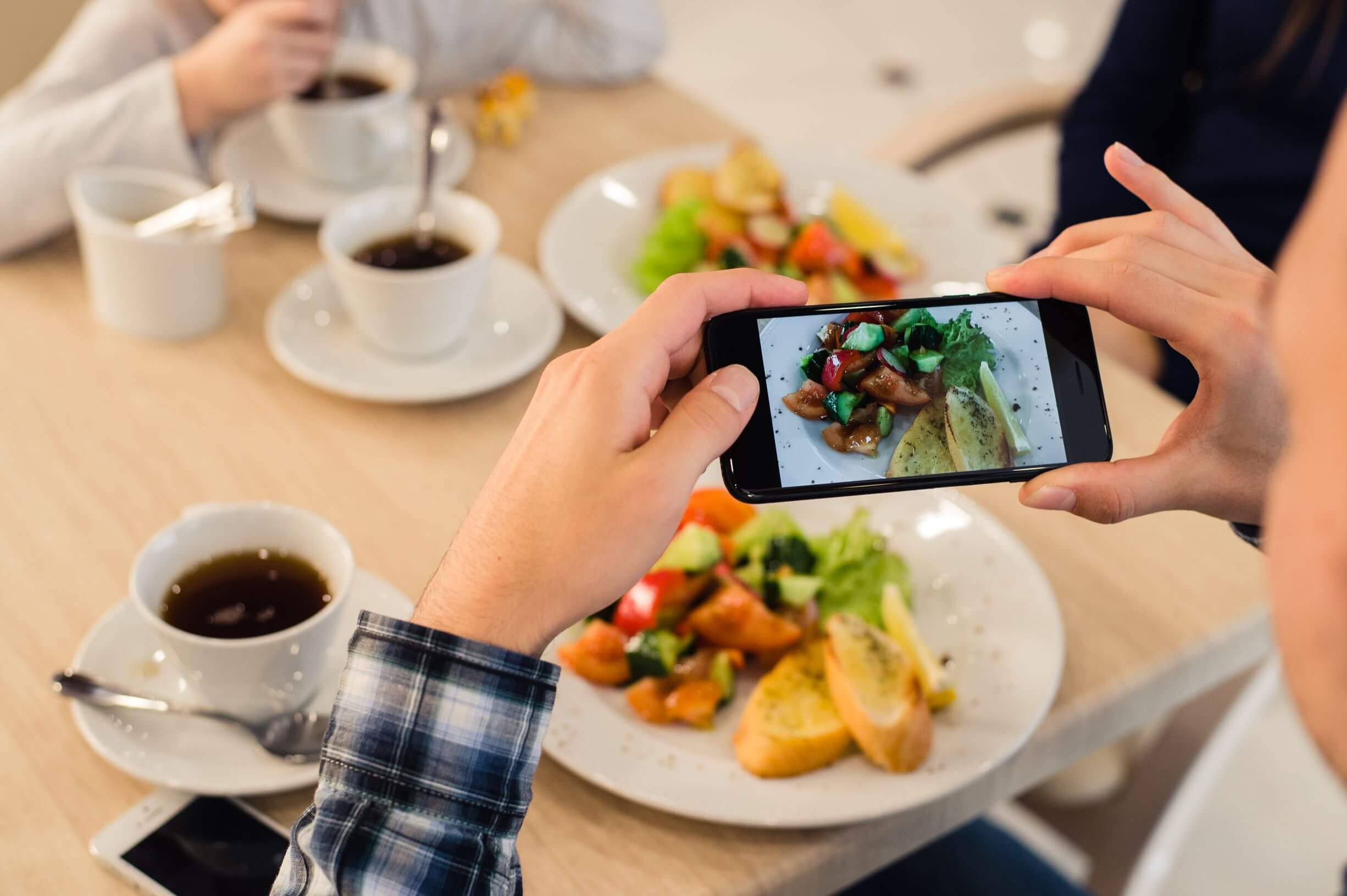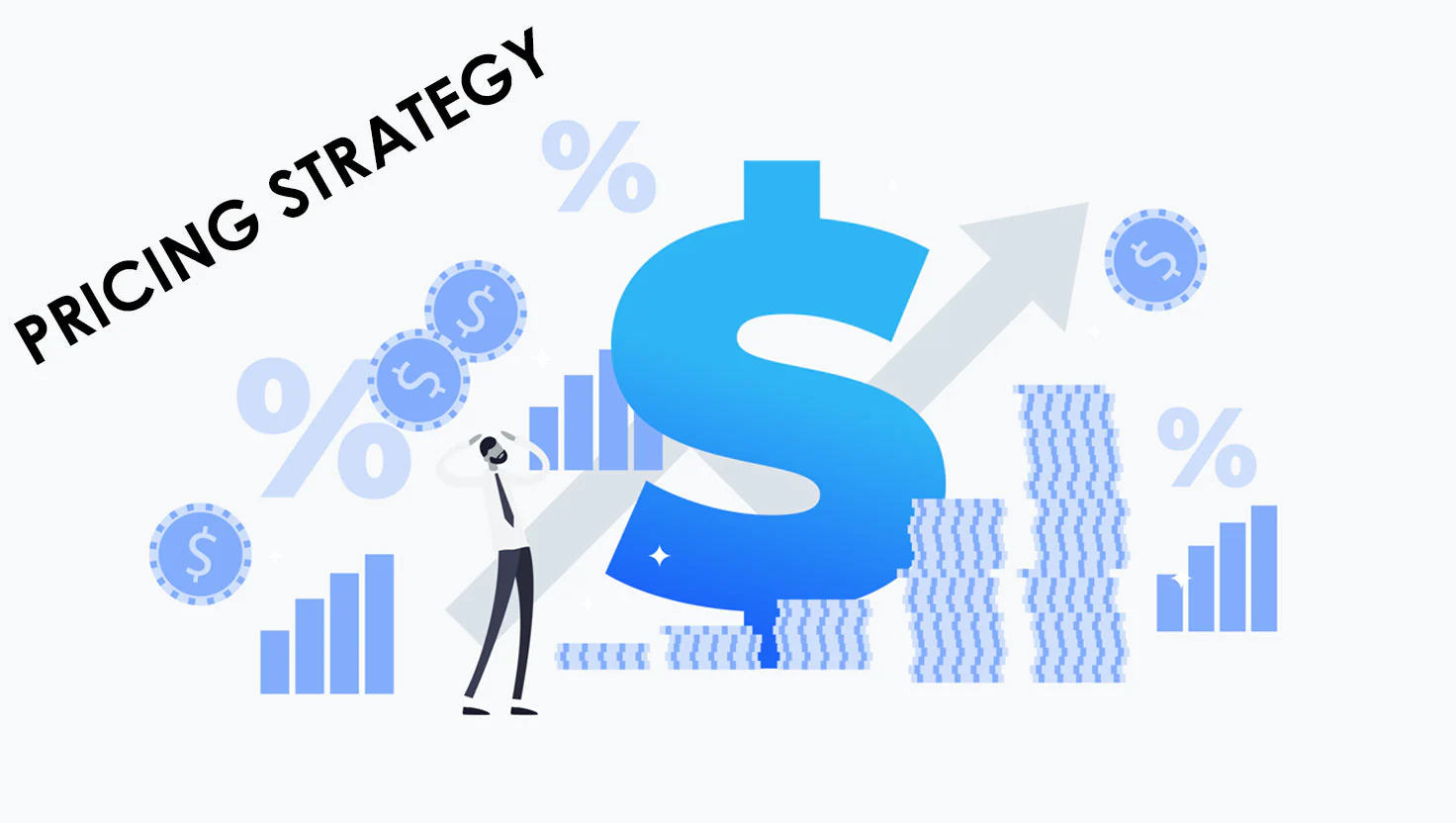When you’re in the food and beverage business, your website is more than just a digital menu or an online storefront. It’s your brand’s first impression, your 24/7 sales rep, and often the place where your customers fall in love with what you’re serving up. Whether you’re launching an artisanal hot sauce brand or scaling a ready-to-drink beverage company, your website needs to be as mouthwatering as your product.
But here’s the question that stumps many founders and marketing managers: should you work with a local website designer or cast your net globally and hire someone overseas?
At NOVO MxC, we’ve worked with both local and international teams and have guided dozens of food brands through the decision-making process. So in this article, we’re breaking down the real pros and cons of each option, with helpful tips to make the best choice for your brand’s goals, budget, and timeline.
Let’s dig in.
Why Hiring a Local Website Designer Might Be the Right Recipe
Face-to-Face Collaboration Makes a Huge Difference
Working with a local designer means you can actually meet them in person. This is ideal when you want to build a relationship, bounce ideas around, or walk them through your brand story while holding your product in hand. Sometimes, that physical presence helps translate intangible ideas into creative direction more effectively than emails or video calls ever could.
For food and beverage brands, being able to explain texture, flavour, cultural references, or product nuances face-to-face can be a game-changer. It also creates space for brainstorming, whiteboarding, and spontaneous ideas that help bring your brand to life.
Action tip: Book a coffee meeting with your local designer to discuss your brand positioning, target market, and product vision. Bringing samples of your product can spark even more creative inspiration.
They Understand the Local Market and Regulatory Requirements
A local designer or creative agency will truly understand your regional audience, especially if you’re selling in Canada. They’ll be aware of things like bilingual packaging compliance, AODA accessibility standards, or market-specific preferences in layout, tone, and trust signals.
They also know how consumers in your region navigate websites. A Torontonian browsing a kombucha site may expect a different checkout flow than a customer in an Asian market. Understanding these behaviours helps build user journeys that convert.
Action tip: Ask your designer if they’ve worked on projects that required bilingual elements or Canadian-specific UX compliance. This ensures your site speaks your customers’ language — literally and culturally.
Easier Communication and Real-Time Collaboration
No lag times, no timezone gymnastics. If you want to jump on a call or get a quick update, it’s easier when your designer is in your time zone. That’s especially valuable when you’re trying to hit a tight launch date or resolve bugs quickly.
You’ll also enjoy better clarity during revisions. Instead of endless email threads (and endless revisions), you can clarify things quickly over the phone or during an in-person walkthrough.
Action tip: Set up a shared calendar and project dashboard (like Trello or Asana) to keep your local team aligned on timelines, revisions, and launch goals.
Higher Accountability and Professional Standards
There’s a level of trust that comes with knowing you can visit your designer’s studio or meet them locally if needed. There’s also greater legal recourse in case of disputes or unsatisfactory work. Working within the same legal framework simplifies contracts, payments, and protection of your brand’s intellectual property.
Action tip: Ensure you have a formal contract that outlines scope, deliverables, payment milestones, and ownership of creative assets. A professional local agency should provide this upfront.
The Tradeoff: Higher Costs
Of course, all of this convenience and market familiarity usually comes at a higher cost. Local designers in North America or Europe typically charge more than overseas teams, especially if they’re experienced in e-commerce, mobile-first design, or food-industry-specific branding.
But higher cost doesn’t always mean overpricing. It often reflects the quality of work, local compliance knowledge, and built-in collaboration that comes with hiring from your region.
Action tip: Ask about tiered pricing options. Some local agencies offer phased web design packages or retainer models that can ease cash flow while still delivering results.
Why Hiring an Overseas Website Designer Could Stretch Your Budget Further
It’s Typically More Affordable
One of the main reasons brands consider overseas designers is cost savings. Hiring freelancers or teams in countries with lower labour costs can allow you to stretch your budget and sometimes even access a wider skill set than you could afford locally.
This is particularly appealing for food startups with limited funding, or when you need multiple assets like packaging design and website development all at once.
Action tip: If the budget is tight, consider hiring a local strategist or creative director to lead the vision while outsourcing execution overseas. This ensures the creative direction stays aligned while keeping costs manageable.
You’ll Have Access to a Larger Global Talent Pool
Working overseas opens up your options. You’re no longer limited to your local talent network, which means you can find specialists in everything from Shopify development to food-focused user interface design, often at very competitive rates.
Some overseas freelancers and agencies also have experience working with international CPG brands and may bring fresh ideas from different markets and food cultures.
Action tip: Look for overseas designers on vetted platforms like Upwork, Toptal, or Dribbble Pro. Be sure to read reviews and ask for food-industry samples before signing any agreements.
You Might Benefit from Round-the-Clock Progress
If you play your cards right, working with an overseas team can actually speed up your timeline. For example, you can send over a list of edits in the evening and wake up to a new design draft the next morning. It’s like having your web development work quietly simmering overnight while you sleep.
That said, this benefit only works if communication is smooth and expectations are clear.
Action tip: Use detailed creative briefs and loom videos to walk through feedback, especially when language or time zones could slow things down.
The Drawbacks: Communication and Cultural Gaps
While the price may be attractive, communication is where things often go wrong. Even skilled designers can struggle to fully understand your website design brief, revision requests, brand tone, audience or local quirks. Design brief misinterpretations can lead to unsatisfactory website layouts, visuals that feel off-brand or user experiences that frustrate your customers.
Plus, multiple (or sometimes endless) revision rounds can quickly eat away at your timeline and budget. At the end of the day, when working with an overseas website designer you are spending less marketing funds but you will need to spend a lot more of your own time managing the project.
Action tip: Always include visual references, content hierarchy examples, and brand guidelines in your brief. Be proactive in setting expectations for tone, audience, and functionality.
Riskier in Terms of Contracts and Accountability
It can be more challenging to resolve issues or hold overseas contractors accountable if something goes wrong. Payment disputes, missed deadlines, and intellectual property concerns are not uncommon when there’s no formal legal agreement in place.
Action tip: Use platforms with escrow services or formal contracts, and never pay 100% upfront. Break the project into stages with clear sign-offs.
What’s the Best Choice for Food and Beverage Brands?
At the end of the day, there’s no one-size-fits-all answer. Your decision should be based on your brand’s budget, timeline, product launch goals, and internal capacity to manage the project.
If you have the budget and want full creative alignment with real-time collaboration, a local website designer or agency is a smart choice. Especially for food brands navigating local compliance, English-French labeling, and storytelling-driven brand experiences, hiring local often brings peace of mind.
If budget is a concern but you’re confident in managing remote talent and providing detailed direction, working overseas can work well too. Just know that you may need to invest more time into project management and quality control.
BONUS: Ingredients for a Flavourful Website, No Matter Who Builds It
Here are five must-haves that make a website irresistible for food and beverage consumers:
- Gorgeous Product Photography
Invest in high-resolution lifestyle and e-commerce shots that tell your product’s story visually. - Clear Calls to Action
Make it easy for customers to shop, sign up, or connect — whether it’s a “Buy Now” button or a wholesale inquiry form. - Mobile Optimization
More than 70% of food product discovery happens on phones. Make sure your site performs beautifully on mobile devices. - Speed and SEO Readiness
Your website needs to load quickly and be optimized for search engines. This includes metadata, alt tags, structured content, and keyword-rich copy. - Social Proof and Storytelling
Testimonials, press mentions, and your brand origin story all help build trust and emotional connection with buyers.
Action tip: Make a checklist of these elements and discuss them with your designer at the beginning of your project. This ensures your final website isn’t just good-looking, but performance-ready too.
Let’s Cook Up a Website That Grows With Your Brand
Your website is the digital extension of your product. It’s how your customers discover you, learn your story, and decide if they want to bring your product into their homes.
At NOVO MxC, we specialize in helping food and beverage brands build websites that convert browsers into loyal customers. Whether you need a full e-commerce platform, a visually rich landing page, or a bilingual site that reflects your Canadian roots, we’ve got the ingredients to make it happen.
We offer a full menu of services including:
- Strategy and brand development
- Packaging and label design
- Website design and development
- Food photography and product styling
- Video production and branded animation
Let’s start a conversation and bring your digital presence to life.
Please give us a call at 416-892-2471 or reach out to us using the contact form at the bottom of this page




